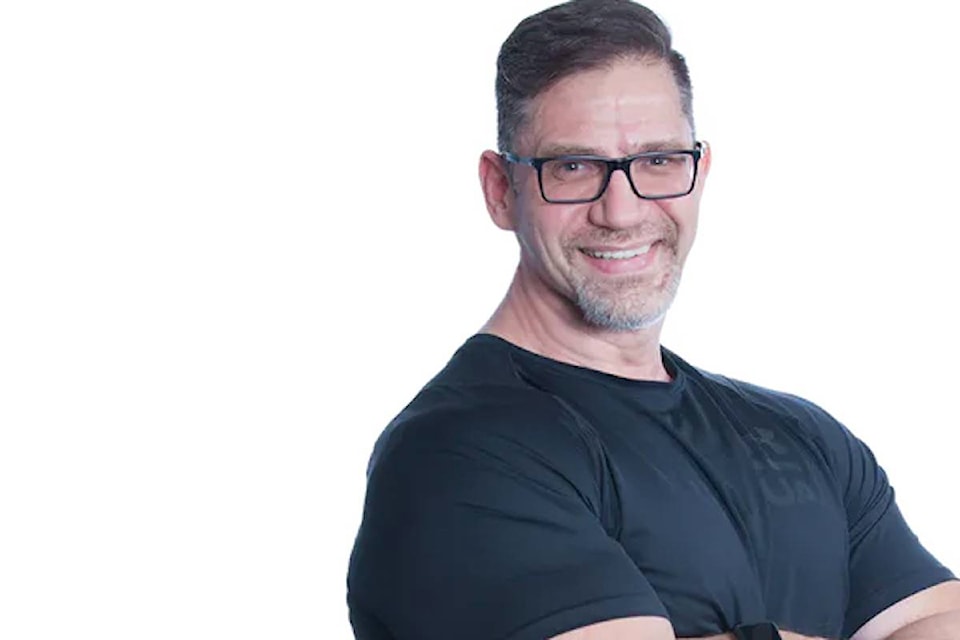The bathroom scale…..friend or foe?
Today’s discussion is about our second ingredient for change – Monitoring.
Monitoring is exactly what it sounds like, we take a measure as the baseline (the starting point) and then we continue to measure and track the results of our efforts to see if our change plan and the actions we take are having the desired effect.
So, let’s look at how we’re going to use this concept to build our skills for change and talk about the number one tool for positive changes to our health and body composition, the bathroom scale. As a career personal trainer, I coach health and wellness through nutrition and exercise and I understand the sensitivity, the emotion, and the challenges associated with our physique culture, perceptions of body image and our health. And the bathroom scale is not without a little controversy.
Should you weigh yourself regularly? And if so… How often?
The short and sweet answer is a resounding YES, followed with DAILY, possibly even twice daily, upon rising and before bed. Let’s look at why it may have been, and continues to be, a little controversial. Ask 10 trainers or give it a quick google and you’ll find that there are those that think monitoring (see what I did there…?) your weight is not a good idea.
It starts with physiology. Our bodies are composed primarily of water, the average human being has a baseline level that fluctuates between 45% and 75%, depending on age, gender and body composition (fat mass vs. lean mass). So, let’s assume that a healthy individual has a baseline of 60% water. Now, this baseline level varies with nutrition, activity level, exposure to the sun, wind, etc. and as a woman, it also fluctuates with your menstrual cycle. A 150 lb individual is about 68 kg, which translates into 41 litres of water. A 5% change to that baseline, which happens all the time, can result in + or – of approximately 4 ½ lbs!
It’s often assumed that weighing yourself might be adverse psychologically, causing depression, promoting body dysmorphia, or at the very least, a negative self-perception. The idea that we might not understand that water levels fluctuate with salt, or alcohol intake, or a woman’s menstrual cycle, and that seeing the number on the scale jump around a little, could cause some serious psychological issues has been put to the test and found to be false. One study on the effects of daily self-weighing in the American Journal of Preventative Medicine presented the findings of a randomized controlled trial comprised of 91 men and women and it concluded that there were no adverse psychological effects. The researchers recommended daily self-weighing as a primary weight control strategy. It turns out that the scale is not our enemy.
Back to the concept of monitoring. How can you change what you don’t track? In several other recent studies participants were required to weigh themselves daily, that was it. Just get on the scale, same time, every day. It turns out that weighing yourself daily resulted in significant and clinical weight loss. They called it – “adoption of weight control measures” – simply put, if you track something, you pay attention to what might affect it.
In the field of industrial and organizational psychology it’s known as the Hawthorne Effect (I had to use that one☺) it was first recognized in the 1950’s in an analysis of earlier studies of productivity done at Western Hawthorne Electric. The initial study results were confusing to researchers. It didn’t matter what was being manipulated, production went up. If the lights were dimmed productivity improved, but if they were brightened - it also improved! It wasn’t until years later researchers realized that it wasn’t the specific intervention, but the observation that improved productivity. When someone’s watching production goes up!
If your goal is to lose bodyfat and improve your body composition, the number on the scale has to down, it’s that simple. The concept of “swapping” bodyfat for muscle or losing “inches” without change on the scale is wrong, the rates of change are just not the same. Muscle growth is challenging, it takes time and effort to build strength and size. Now this is entirely anecdotal, but I competed in drug-tested bodybuilding competitions and over the course of 8 years my stage weight went from 204 lbs to 220 lbs. As a professional trainer with a goal of winning National and International titles I gained an average of 2lbs of muscle per year.
Monitoring is critical to successful change and if you’ve decided to start weighing yourself daily, just take note that your weight goes up and down for a variety of reasons and that tracking and recording your weight won’t result in a nice straight line. The points on that line will fluctuate up and down, but as long as that trend is dropping, you’re on target!
Missed Sean’s last column?
The missing piece of the weight loss puzzle?
ABOUT SEAN HAWTHORNE:
Sean Hawthorne is the owner and operator of OneLife Health and Wellness, Kelowna’s first and longest running private, personal training facility. While working in Dubai, UAE as a Contracts and Project Manager, Sean decided to leave his successful career in Civil Engineering Technology and pursue his passion for health, fitness and helping others achieve their goals. He returned to Canada in 2001, taking formal education in Exercise Science and starting his career in the field of health and fitness. Working in collaboration with their clients, Sean and his team of health and fitness professionals strive to continually improve their skills and to help everyone reach their goals.
Contact Sean:
